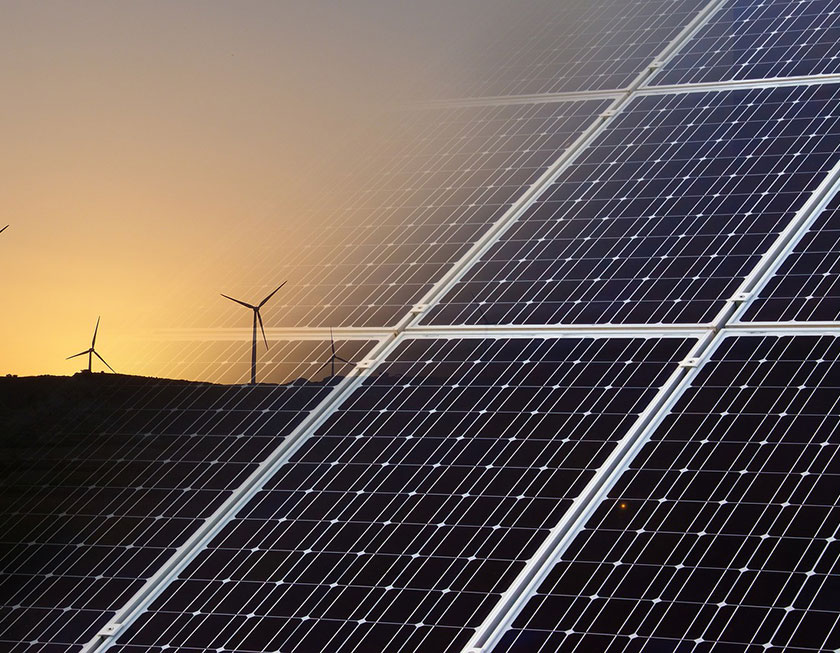4.2 Single Crystalline & Polycrystalline Silicon Solar Cells

4.2 Single Crystalline & Polycrystalline Silicon Solar Cells
As we discussed in the previous article, single crystalline & polycrystalline silicon solar cells are made of single crystalline and polycrystalline silicon, respectively. Let us briefly discuss now how they are produced.
Manufacturing process of crystalline silicon: Sand to solar electricity
The crystalline silicon production process is an intermediate state between a small bear (sand/ quartz) and solar electricity.
Silicon which is the key raw material in crystalline silicon solar PV industry is extensively available in the form of silica (silicon dioxide) on and in the earth’s crust. But both monocrystalline and polycrystalline silicon solar cells require ultra-pure silicon which is not available in nature. So, silicon must be extracted from silica and then needs to be purified up to solar grade silicon.
Single crystalline silicon wafer:
Silicon is extracted from sand or quartz by heating with a reducing agent which is usually high purity coke or coal. In this process, an excessive amount of silica is used to reduce the formation of silicon carbide. During the process, oxygen combines with carbon to produce carbon dioxide and escape from the furnace leaving molten silicon. Extracted silicon in this reaction is, about 99% pure which is, however, not pure enough for the fabrication of solar cells. It needs to be purified further to obtain solar grade silicon. Today, chemical purification techniques are widely used for the purification process.
The next step is to obtain cylindrical ingots of high purity silicon. While several methods are available to grow single crystalline silicon, Czochralski process is widely used due to its intrinsic advantages over other techniques. First, ingots are obtained through the Czochralski method and then are sliced into silicon wafers using a diamond saw. The good fact about this process is that it is more advantageous than other techniques. The bad fact is that this process leaves a great deal of waste silicon. The amount of waste silicon depends on the shape of the wafer being produced. Approximately one-half of silicon is wasted if the wafer is going to be circular-shaped. But it becomes notably high if the ingot is cut into the rectangular shape or hexagonal shape. This wastage is overwhelming since the process of making silicon ingots consumes a huge amount of energy thereby increasing the overall cost of the final product. This is one of the strongest stumbling blocks which hinders fabrication of low-cost s-Si solar cells.
Anyway, as its name implies, single crystalline silicon is made of a single crystal. The entire sample is made of an unbroken, high purity single crystal of silicon. Hence, single crystalline silicon contains no grains or grain boundaries.
s-Si solar cells are more efficient than pc-Si solar cells
Recombination mechanisms which reduce the photocurrent and thus the efficiency of a solar cell occur more frequently at grain boundaries. Also, electrons experience less freedom to move when there are many grains. Since s-Si contains neither grains nor grain boundaries s-Si solar cells are more efficient than their pc-Si counterparts.
Ctd
